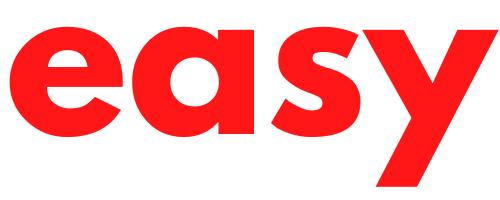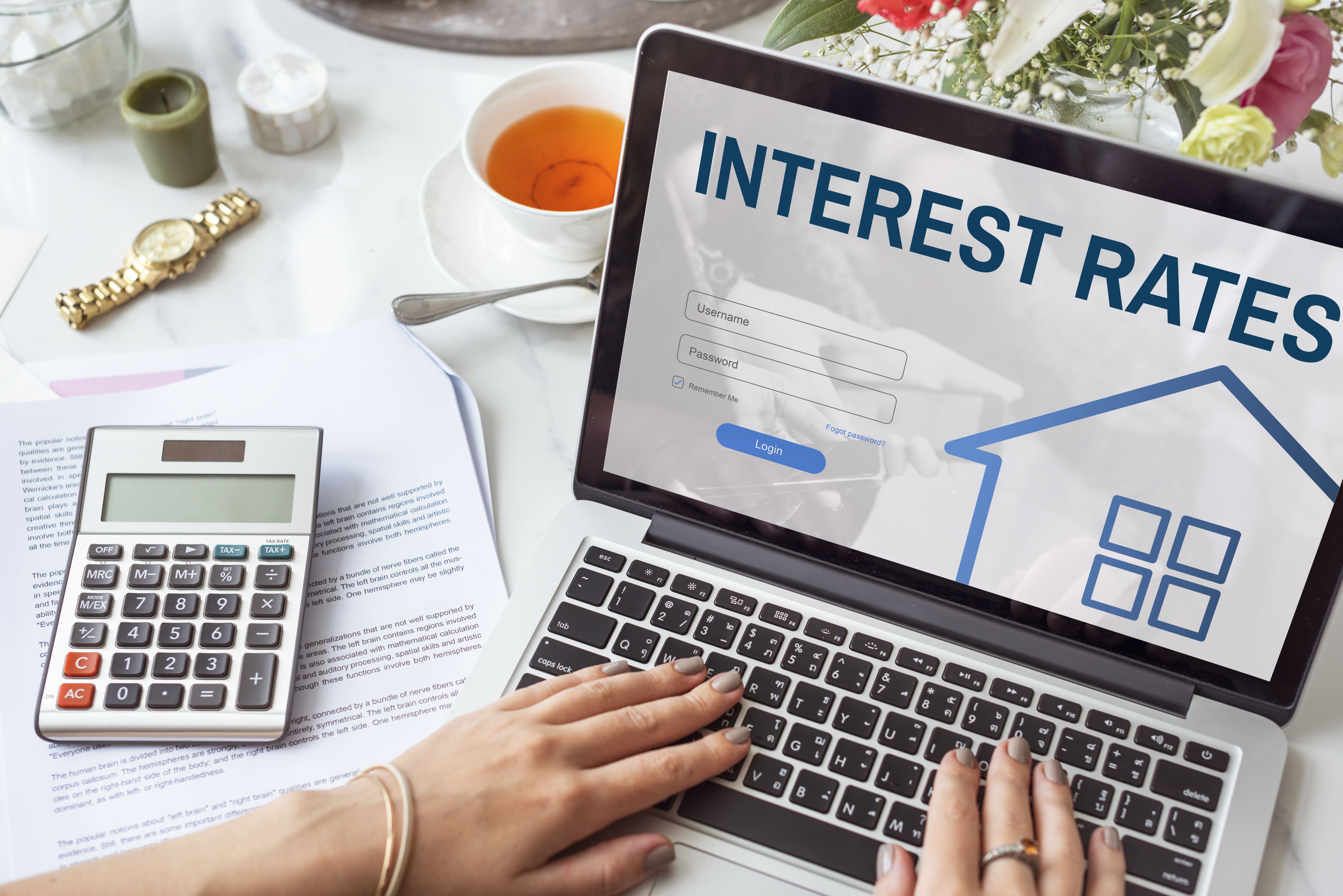When you’re applying for a home loan, you’ll quickly run into this question: fixed or floating interest rate — which one should I choose?
At first, it might sound like banker-speak. But this one choice can affect your EMIs, how much you repay in total, and even how financially comfortable you feel every month. And that’s why it’s worth understanding — in simple, everyday terms.
Let’s break it down together.
First, what do these terms mean?
A fixed interest rate means your EMI stays exactly the same from day one to the last day of your home loan. No matter what’s happening in the economy or with RBI rates, your monthly instalment doesn’t change.
A floating interest rate, on the other hand, moves up or down based on market conditions — especially the RBI repo rate. If rates go down, your EMI reduces. If they go up, your EMI increases too.
So it really comes down to this: would you rather play it safe with a fixed EMI, or stay flexible and ride the ups and downs of the market?
Why some people prefer fixed rates
Let’s say you’re someone who likes knowing exactly how much will go out of your account every month. You plan your finances, budget your expenses, and don’t want any surprises. A fixed interest rate gives you that comfort.
It’s also useful for first-time homebuyers or salaried individuals who want stability. Even if market interest rates rise in the future, your EMI won’t change. That peace of mind is what draws many people to fixed rates.
But here’s the catch: fixed rates are usually a bit higher than floating rates. So while you get stability, you may end up paying more in the long run — especially if the market rates fall.
What makes floating rates attractive
Now, let’s look at floating rates. They often start lower than fixed rates. And if the market interest rates drop over time, your EMI comes down too. That’s a big win for many borrowers.
So if you’re okay with a little movement in your monthly payments and you believe interest rates might come down in the future, floating could work in your favour. Over a 15- or 20-year loan, even small differences can mean thousands of rupees saved.
But remember — floating means uncertainty. If rates go up, so does your EMI. For some, that unpredictability can be stressful, especially if their monthly budget is already tight.
Let’s take a simple example
Imagine two friends — Riya and Akshay.
Riya chooses a fixed interest rate of 9.5% for her ₹30 lakh loan. Her EMI stays ₹28,000 every month, no matter what happens in the market. She finds it easier to plan her monthly finances and is okay with paying a bit extra for that stability.
Akshay goes for a floating rate at 8.75%. For the first year, his EMI is lower than Riya’s. But in year three, RBI hikes rates, and his EMI jumps to ₹30,000 — now more than Riya’s. In year five, rates drop again, and his EMI falls back to ₹27,000.
Both made valid choices — based on what mattered more to them: certainty or flexibility.
So, how do you choose?
There’s no one right answer. But here are a few questions to ask yourself:
- Do I want stable, predictable EMIs?
- Can I handle changes in EMI if interest rates fluctuate?
- Am I planning to prepay or close the loan early? (Floating rates usually have no prepayment charges.)
Also, consider what’s happening in the economy. If interest rates are already high, and expected to fall, a floating rate might benefit you. If they’re low and may rise, fixed could be safer.
At Easy Home Finance, you can compare both options digitally before applying. You can even simulate future EMI changes based on possible rate shifts. That way, you know exactly what you’re signing up for.
Final thoughts
Choosing between fixed vs floating interest rates isn’t just a technical choice — it’s a personal one. It depends on your income, your lifestyle, your future plans, and your comfort with financial risk.
If you like to keep things steady, fixed might be right. If you don’t mind a bit of movement for the chance to save more, floating could be the better fit.
Either way, don’t rush. Understand both options, ask questions, and choose what gives you confidence — not confusion.
And if you need help making that call, Easy Home Finance is always here to guide you with real advice, no jargon.
Still unsure which one fits your needs?
Try our interest rate comparison tool or speak to an advisor online — no paperwork needed. We’ll help you make a smarter home loan decision, one that suits you.
Want to Begin?
Apply for a Home Loan with Easy Home Finance : https://easyhomefinance.in/site/apply
Check Your Eligibility Instantly : https://easyhomefinance.in/loan
Learn More About Our 100% Digital Process : https://www.easyhomefinance.in









Leave a Comment